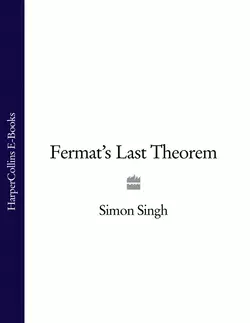Fermat’s Last Theorem

Simon Singh
Тип: электронная книга
Жанр: Зарубежная образовательная литература
Язык: на английском языке
Стоимость: 774.44 ₽
Статус: В продаже
Издательство: HarperCollins
Дата публикации: 16.04.2024
Отзывы: Пока нет Добавить отзыв
О книге: The extraordinary story of the solving of a puzzle that has confounded mathematicians since the 17th century. The solution of Fermat’s Last Theorem is the most important mathematical development of the 20th century.In 1963 a schoolboy browsing in his local library stumbled across the world’s greatest mathematical problem: Fermat’s Last Theorem, a puzzle that every child can understand but which has baffled mathematicians for over 300 years. Aged just ten, Andrew Wiles dreamed that he would crack it. Wiles’s lifelong obsession with a seemingly simple challenge set by a long-dead Frenchman is an emotional tale of sacrifice and extraordinary determination. In the end, Wiles was forced to work in secrecy and isolation for seven years, harnessing all the power of modern maths to achieve his childhood dream. Many before him had tried and failed, including a 18-century philanderer who was killed in a duel. An 18-century Frenchwoman made a major breakthrough in solving the riddle, but she had to attend maths lectures at the Ecole Polytechnique disguised as a man since women were forbidden entry to the school. A remarkable story of human endeavour and intellectual brilliance over three centuries, Fermat ‘s Last Theorem will fascinate both specialist and general readers.